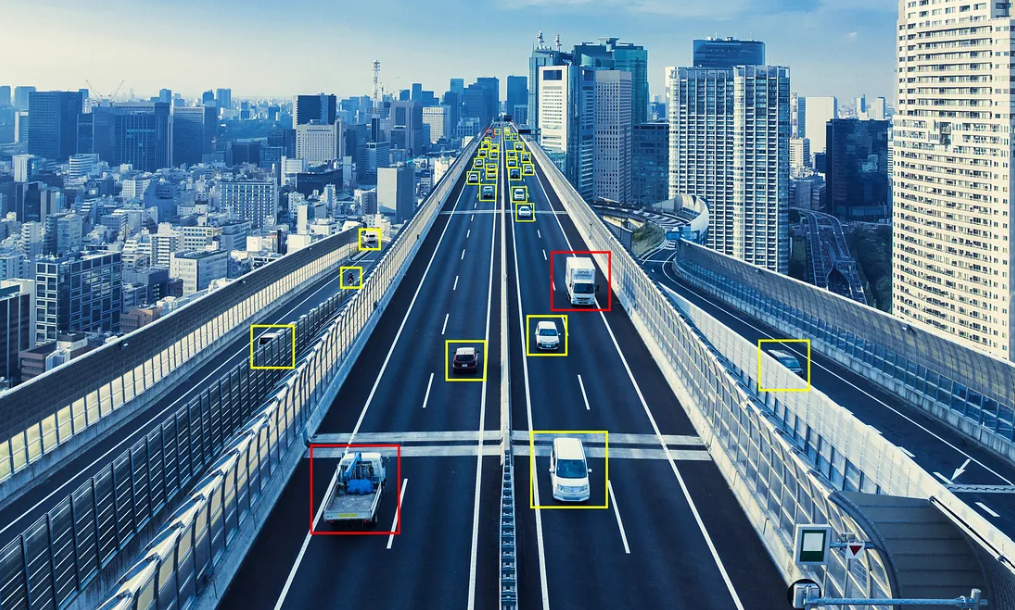The use of video technology and the associated analytics has increased significantly in recent years. According to MarketsandMarkets, the industry was worth an estimated $7.1 billion in 2022 and is expected to increase to $20.3 billion by 2027. As technology has advanced so have the use cases by businesses, including surveillance applications for traffic monitoring, retail management, city security and license plate recognition, to name a few.
The solutions available in the market differ vastly and the one you choose will depend on the use case as well as factors like whether it is for indoor or outdoor use, what type of connectivity or resolution is required, etc. Keep in mind that the right technology will also provide the right analytics and reporting as well as meeting any compliance requirements. You will hear lots of terms thrown at you but it is important to choose the solution that is right for your business. Hopefully this blog will help you gain a bit of clarity.
Actionable insights and infrastructure
Video solutions are of no use if you cannot do anything with the data that is output. The key is to integrate it into a solution that provides the insights to action that is detected in the video. For example, a camera would tell you the licence plate number of a car, however this data is only useful if you can integrate into another solution that may allow access based on the plate being on an “allowed” list or even be able to tell if the number is for a car that is stolen.
Different cameras, different use cases
Network cameras are the most common type of camera available. They have good picture quality, but require a constant power supply.
4K, 5MP, and IP PTZ network cameras have better picture quality than most other types of network camera. Most can be used outdoors as well as indoors. Dome Cameras are also available for applications where an indoor dome is required for monitoring purposes such as in schools or hospitals.
Bullet Cameras are another option that offer very high resolution, with images at up to 10 megapixels using 60 frames per second (fps) recording capability while maintaining privacy. Infrared PTZs work well indoors because they don’t require line-of sight like regular PTZs do; however, these devices cannot operate outdoors because sunlight interferes with their infrared capabilities making them useless during daytime hours unless additional measures are taken to shield them from direct sunlight sources.
Data storage
How and where the data is stored often tends to be driven by the company’s storage strategy however, with video, the additional security has an important part to play. Typically, the options available are:
- Edge storage, which offers the fastest retrieval time but is also the most expensive option.
- Recorders, which tend to be cheaper than edge storage but slower when it comes to retrieving video content.
- Cloud storage, which is by far the cheapest way of storing footage as it only requires an internet connection and some bandwidth for uploading and downloading video content respectively.
- A combination of the three above.
TCO and ROI
When choosing a video solution, it’s important to consider the TCO (Total Cost of Ownership) and ROI (Return on Investment). Even before purchasing the camera, it is important to get a clear understanding of how much it will cost to implement and maintain the chosen solution. There are several factors that affect pricing like hardware costs for cameras themselves plus additional services required for installation and maintenance along with software licensing fees. Make sure these costs don’t get overlooked before choosing a solution because they can add up quickly. You can also investigate the product’s expected lifespan and most common damages that may occur during use.
Other influencing factors
Other important aspects to consider before making a decision on which video solution to purchase include…
- Quality of picture
- Recording time
- AI driven: AI-based analytics help in identifying objects or people in real-time with visual recognition capabilities. This technology provides more security to businesses, allowing them to know if there are any threats on their premises without having to manually check each one individually.
- Cloud, On Premise, Hybrid — This depends on your budget requirements and other factors such as deployment space, network capabilities, etc.
There are many factors to consider when choosing a video analytics solution to fit your budget. There are also many types of cameras available on the market today with new features being released quarterly. The overall investment of time and resources goes far beyond simply having cameras installed in your business. The best choice should be based the actionable insights your business needs.
Article submitted by Montse Llort, IoT Analytics Specialist at TD SYNNEX
